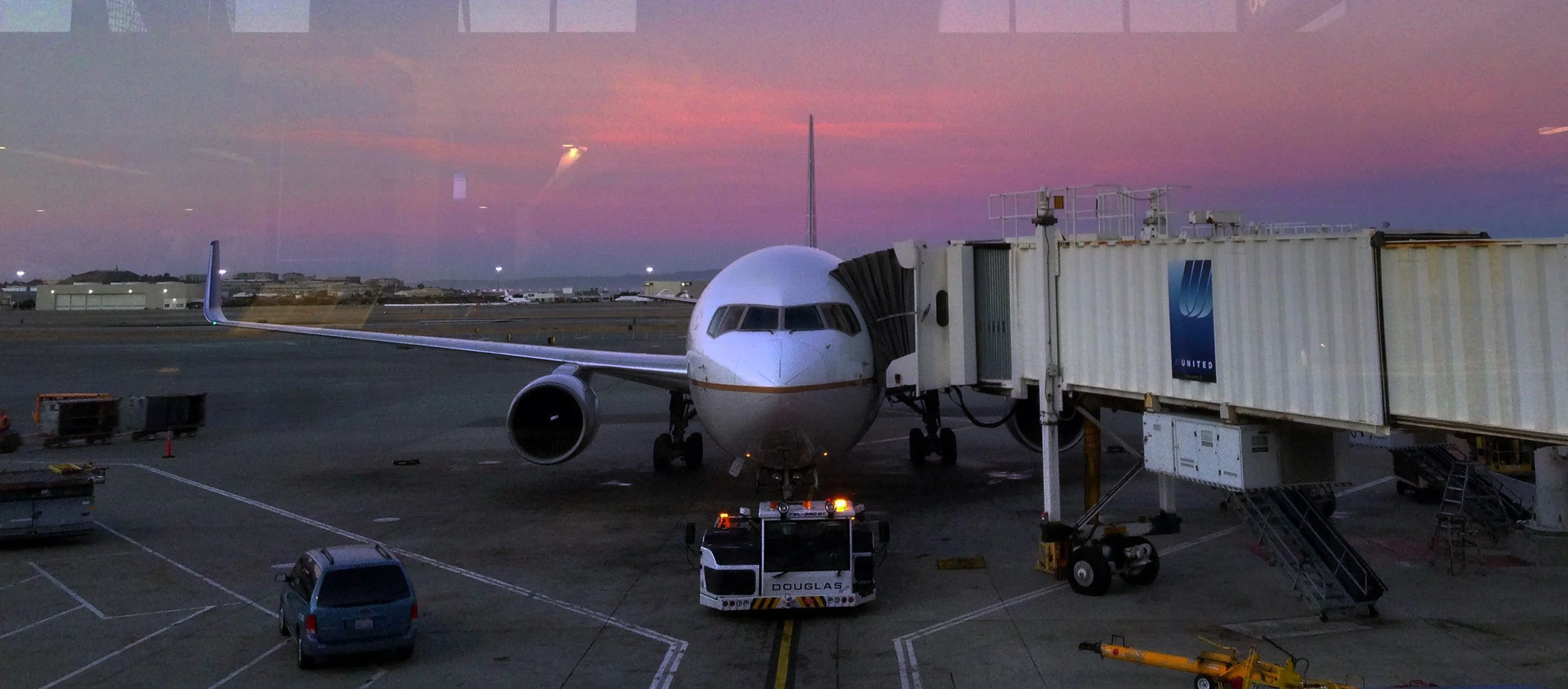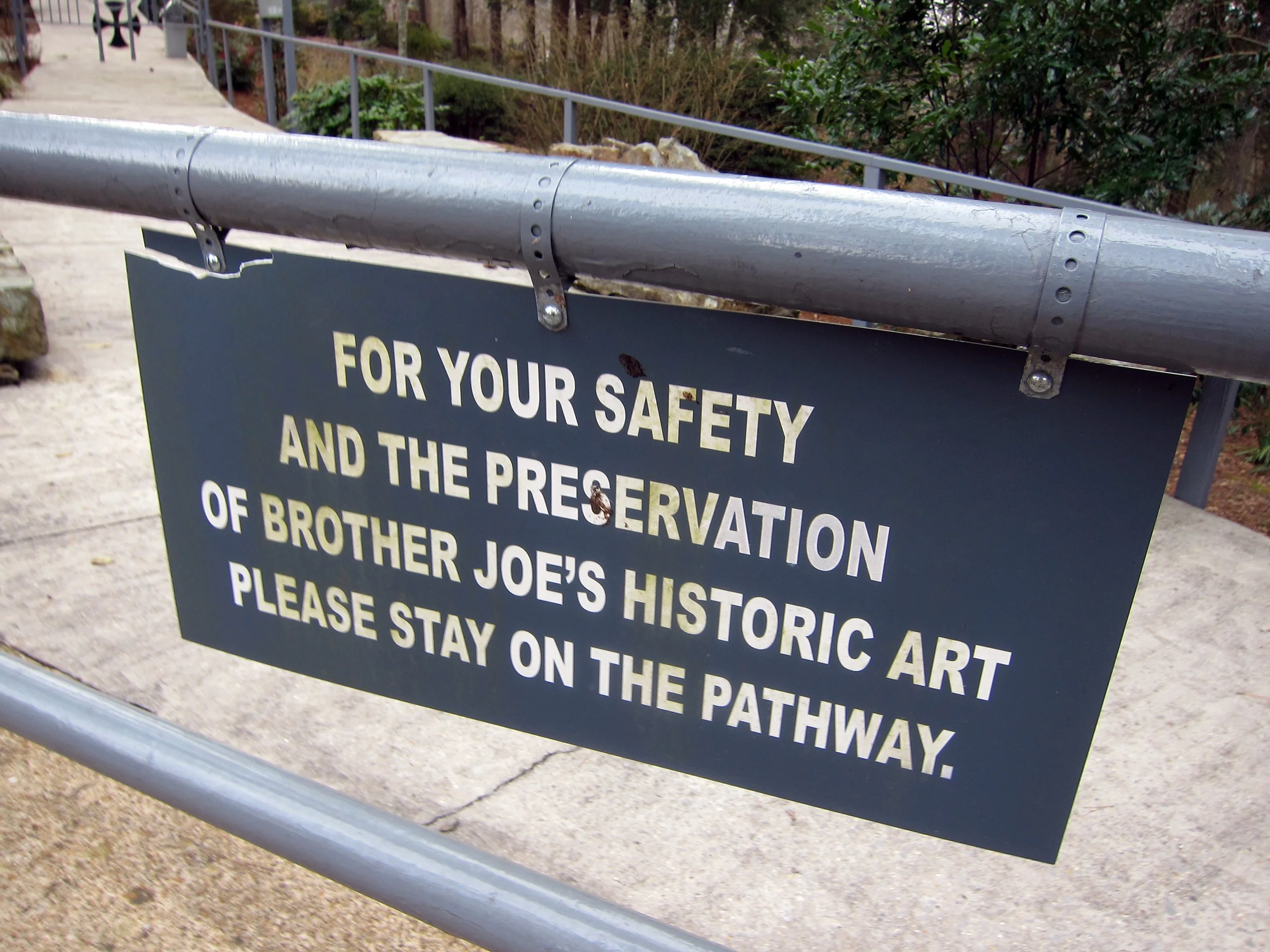
Page 6 of 6
Las Vegas, Nevada
Those foolish dreams, you know they plague me still- oh come on
On the Las Vegas Strip, just down from the Bellagio and just up from the Monte Carlo is the still brand new CityCenter Las Vegas, a complex that includes a shopping mall, a few hotels/residential buildings and really only one casino. The buildings are done by some pretty big name architects (Daniel Libeskind, Norman Foster, Cesar Pelli, Helmut Jahn, Rafael Vinoly) and kind of work together in a composition, although obviously each building has its strengths, each buildings has its weaknesses and often (as you might suspect) each building acts totally independent of its neighbors. But even though there isn't always a harmonious relationship between the different buildings and different architects, every now and then you get these little areas where you hope that the overlap between the designs was intentional. Times where an angle or material or massing suddenly seems so very dependent on what's happening next door.
My time in Las Vegas really was centered around CityCenter. The work that brought me there was only a few blocks away (a trade show at the Sands Convention Center near the Venetian) and I chose to stay at the Rafael Vinoly designed Vdara Hotel, a very nice hotel with very nice rooms that (unlike most every hotel in Las Vegas) does not have a casino (or even a restaurant open late) and (unlike most every hotel in Las Vegas) was almost too quiet, especially late at night. Luckily for the Vdara it was in a great location. It was directly across from the far larger and far more popular Aria Hotel (and Casino) designed by Cesar Pelli, and it was connected by a skybridge to both the tram station (as seen below) and (more importantly) to the back of the Bellagio, where the action never stops and the fountains rarely fail to draw a crowd.
Pictured here is the back of the Vdara (on the right) along with the Aria (center left) as seen from the tram station at the Bellagio. Pictured above (the previous slide) are the Veer Towers on the right, the Crystals on the left and a section of the canopy at the Aria on the top right.
While the center of CityCenter is really the fabulous Aria Hotel (by Cesar Pelli), the physical center of CityCenter has to be Daniel Libeskind's Crystals, a shopping mall with interiors by David Rockwell. It is (as you can probably imagine) a very Daniel Libeskind kind of building, and one where the interior volumes work rather well, far better than the similarly designed buildings for museums in Denver and Toronto. Perhaps the reason is that there really isn't all that much going on inside- a few shops, a tram stop, some restaurants that you have no intention of eating at- so all that's really left is the volume and those few interior design follies by David Rockwell.
This is the Crystals from the outside and across the Strip near the Planet Hollywood Hotel. Where CityCenter is most successful is probably on the strip side and mostly due to its density- the entire project has a lot of rather large buildings very near each other but also pushes a low, over designed building right to the center of the Strip, a smart move that allows for a stronger Strip side experience and one that seems to be missing from a lot of neighboring projects where an overly themed feature (often a casino) is right up front. And the fact that CityCenter avoids such themes and feels almost like actual architecture gives it a real advantage over neighboring hotels like New York New York and Paris Las Vegas. An interesting idea and (for the Las Vegas Strip) a rather sophisticated and welcome one at that.
Although I really liked the Aria and thought that the Vdara and the Crystals were well done, my favorite building(s) at CityCenter just had to be the Veer Tower(s), two residential towers designed by Helmut Jahn that angled toward each other in a way that look better in person than any photograph can reveal. Here the two towers play off each other (one leans forward while another one leans back) just as the ever watchful eye of the Aria canopy looks on in envy.
I did manage to sneak out of CityCenter once and a while, and of course I saw the Bellagio Fountains, easily the greatest show on earth (and by "earth" I mean that part of the Las Vegas Strip).
Not sure if this really is where bad folks go where they die (that might actually be the Lake of Fire come to think of it), but it's still a great place to get out of the City(Center) and into the sunshine.
Valley of Fire is a state park a little over an hour north of Las Vegas and far, far better than the overrated Red Rocks that most people seem to love. The park is on the edge of Lake Mead and is filled with a lot of (generally) drive by rock formations and a few opportunities to get out and see the rocks up close. This includes the view along the White Domes Trail, at the farthest point of the park, past Mouse's Tank and past Fire Canyon and past, well, I guess everything else there. The trail dropped and rose over smooth rock, followed tight canyons and passed the alien landscape that surrounded you at most every turn. And if that alien landscape you see looks familiar, it might be because you've possibly already seen it. The Valley of Fire stood in for the planet Mars in the Arnold Schwarzenegger movie "Total Recall" and also stood in for some planet or other in the "Star Trek" movie where they killed William Shatner, whichever one that was.
This isn’t over yet
Part Two of this slideshow includes stops in Montreal, Los Angeles, Nashville, San Antonio and the best reason to visit Scottsboro, Alabama


